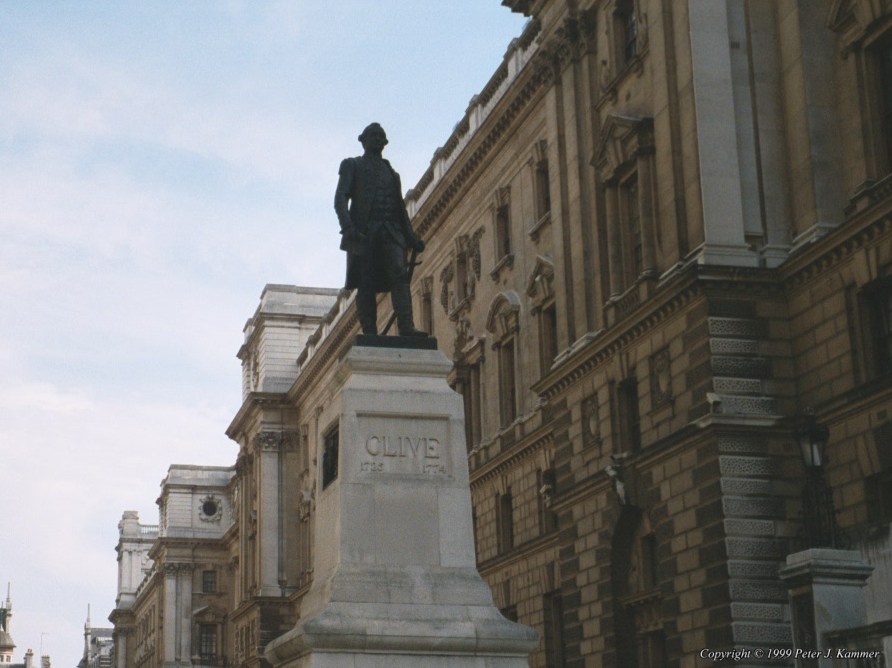Scott Foreign Office 1860
Scott Foreign Office
At the end of the 1860s the buildings which faced the front of Number 10 were knocked down, to be replaced by the magnificent new Foreign Office building. George Gilbert Scott’s creation, with its huge open court and elaborate state rooms, dwarfed Number 10. It even had its own Cabinet Room in which the Cabinet sometimes met, rather than at Number 10. A number of Prime Ministers in the middle of the century, including Sir Robert Peel, Earl Derby and Lord Palmerston, lived in their own London town houses rather than Number 10. The tradition of the Prime Minister living at Number 10 was not firmly established until Arthur Balfour became Prime Minister in 1902. 10 Downing Street was modernised towards the end of the nineteenth century. Electric lighting was fitted in 1894 and the first telephones were installed around the same time. There were several plans to build a new Foreign Office on the Downing Street site, but nothing came of them until the 1850s, when it was decided to centralise the major departments of state in Whitehall and to replace the warren of fine houses and tumbledown courts with purpose-built ministries. In 1856 a government competition for plans for new Foreign and War Offices on the Downing Street site was announced, and in 1858 after a protracted argument on the form of the redevelopment (the ‘Battle of the Styles’ between those favouring Gothic or Classical architecture) George Gilbert Scott was appointed as architect. Scott had envisaged a Gothic Foreign Office, but this was not approved by Lord Palmerston, and although a compromise Byzantine solution was offered, it too was rejected as ‘a regular mongrel affair’. Palmerston refused to countenance anything other than a building in the classical style, and Scott finally succumbed and produced drawings for the building we know today. Work began on clearing the site and sinking foundations in 1861-2, obliging the Office to move to temporary accommodation in Whitehall Gardens, and the new Foreign Office eventually opened for business in July 1868.

